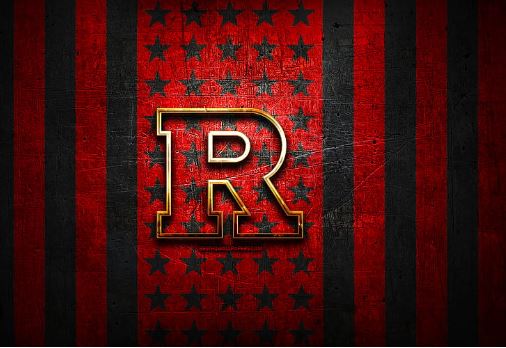The Yankees must bring Juan Soto back—there’s no alternative. However, even pairing Soto with Aaron Judge may not be enough, as we saw in 2024 when the rest of the lineup lacked depth despite having two of the best players in the American League. While they have top-tier talent, what they need now are players with a 115-120 wRC+ to bolster the lineup.
Meanwhile, the Cubs are in another transitional phase after falling short of their divisional goals this season. Reports indicate that they are looking to cut salary, particularly by offloading as much of Cody Bellinger’s remaining two-year, $53 million contract as possible.
Bellinger would bring several advantages to the Yankees, filling a gap at first base and providing a backup in centerfield to give Judge some rest and protect against any struggles from Jasson Domínguez. His outfield defense is solid, with a net neutral OAA, including in center, which is an upgrade over Judge’s performance.
The offensive side is more complicated. Bellinger relies more on his bat path than raw power. He doesn’t have the same exit velocity or barrel rate as sluggers like Judge or Giancarlo Stanton, but he’s just as effective in making solid contact and strikes out less than both. Notably, he has maintained pull rates over 40 percent.
In 2024, Bellinger hit 18 home runs while playing in spacious NL Central parks. His power output is heavily influenced by wind conditions in Chicago, but his pull rate would play better at Yankee Stadium, where Statcast suggests he would have hit six more homers. The only park that would suit his swing better is Cincinnati, though the Reds aren’t contenders.
Bellinger’s defensive abilities and contact skills fit the Yankees well, and he’s likely to see a significant power increase playing at Yankee Stadium. The main hurdle is his contract, with an average annual value of $26.3 million. Bellinger has a player option after 2025, when he’ll be 30, and could likely secure a better deal on the open market. However, he also thought he’d get more than a 3-year, $80 million deal last year, so his future is uncertain.

The Cubs are likely desperate enough to pay down some of Bellinger’s contract, and the Yankees should consider making a move if enough salary is covered. The player option makes this a near-guaranteed expense, so it’s essentially a 2-year, $53.6 million commitment. If the Cubs can cover enough of the contract to bring it closer to $36 million, it could be a worthwhile trade—though the more money the Cubs cover, the better the return package will need to be.
For the Cubs, this is a relatively low-risk move, especially if they believe Bellinger will thrive in Yankee Stadium and ultimately decline his 2026 option. In that case, the Cubs would only be on the hook for one year of dead money, not two.
While this is still a potential pennant-winning roster, the Yankees face some challenges due to payroll constraints and the aging core. Adding Bellinger would be a smart, if imperfect, way to enhance the lineup depth—if the financials align.



